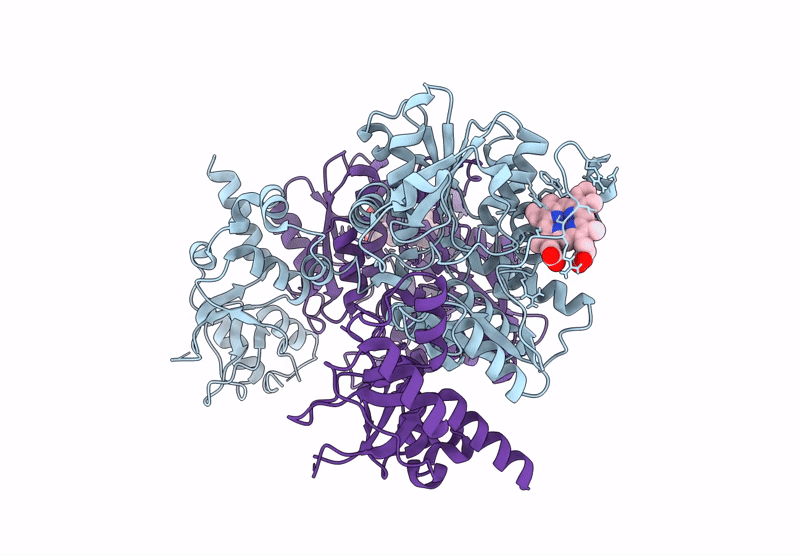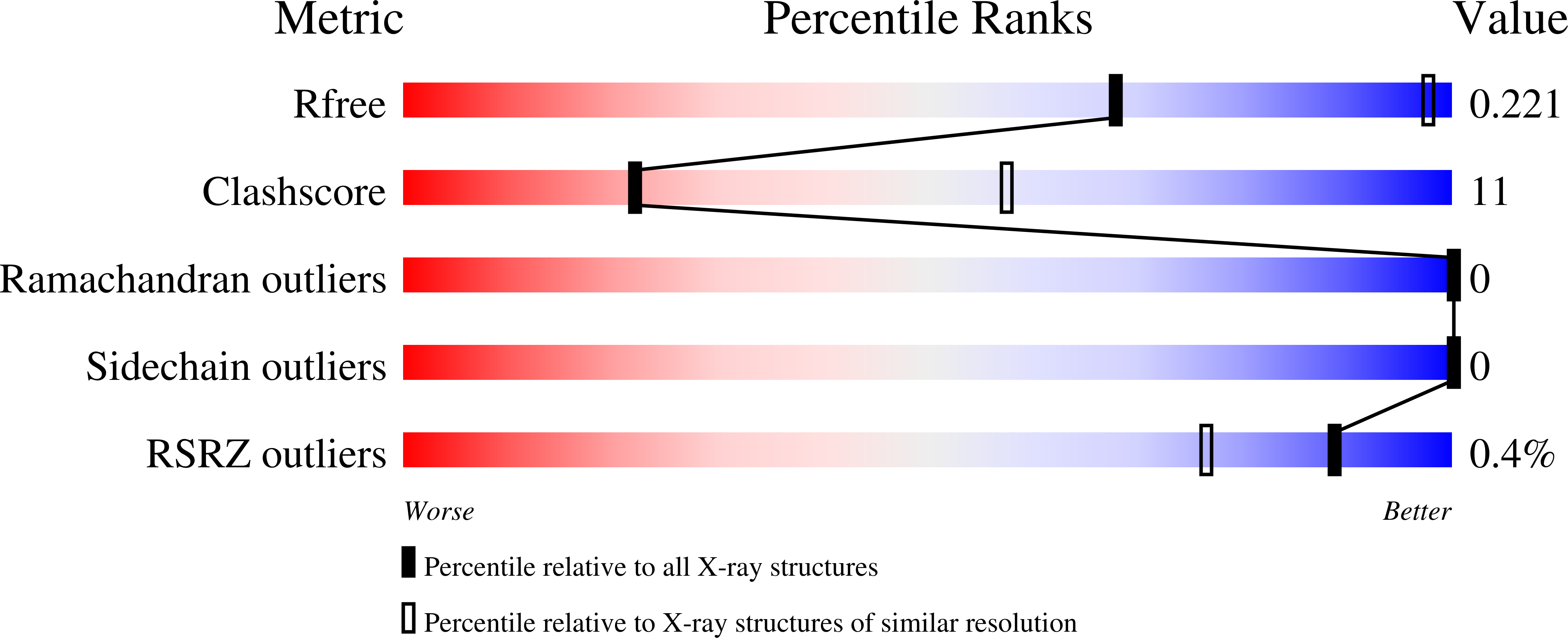
Deposition Date
2024-11-26
Release Date
2025-05-14
Last Version Date
2025-10-01
Entry Detail
PDB ID:
9HIF
Keywords:
Title:
Crystal Structure of Human cystathionine beta-synthase variant R336C
Biological Source:
Source Organism:
Homo sapiens (Taxon ID: 9606)
Host Organism:
Method Details:
Experimental Method:
Resolution:
3.65 Å
R-Value Free:
0.23
R-Value Work:
0.21
R-Value Observed:
0.21
Space Group:
I 2 2 2


